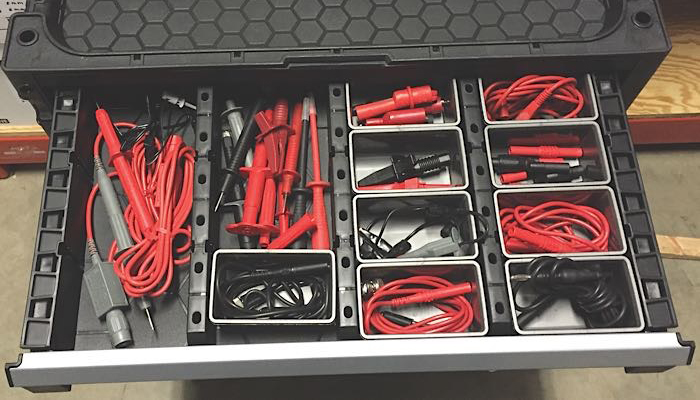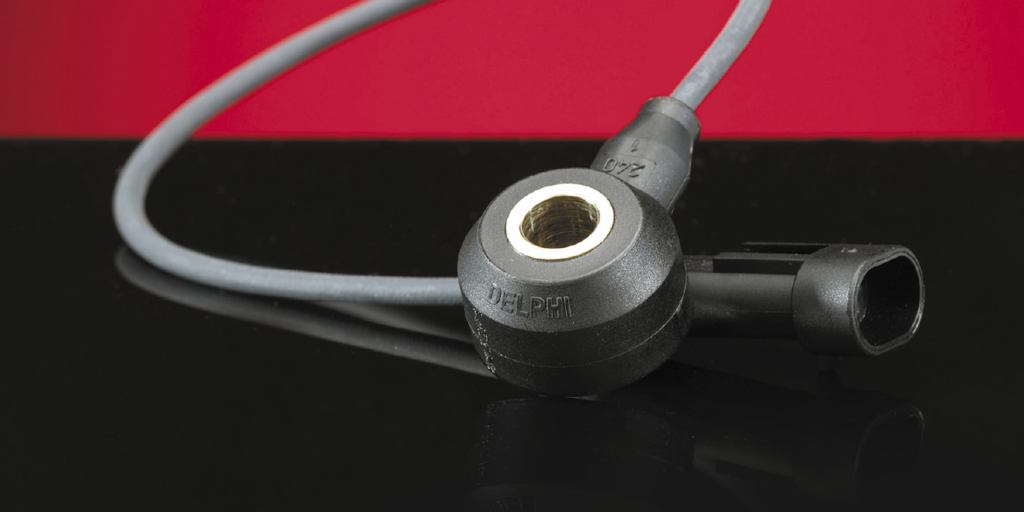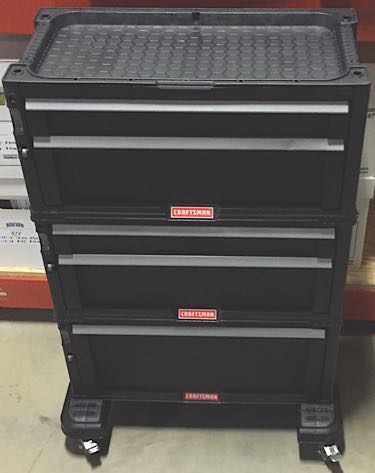 These past two months, I have been trying out a lot of new scan tools while trying to get better with my scope. I am quickly realizing how fast things are changing with tools, vehicles and diagnostics. When I started in this industry, the most advanced tool was a “brick” with a tiny monochromatic display, and the scope was the size of two large filing cabinets.
These past two months, I have been trying out a lot of new scan tools while trying to get better with my scope. I am quickly realizing how fast things are changing with tools, vehicles and diagnostics. When I started in this industry, the most advanced tool was a “brick” with a tiny monochromatic display, and the scope was the size of two large filing cabinets.
With some enhanced scan tools, it feels like I am opening Pandora’s box (or module). The newer the car, the bigger the box of codes, PIDs and bi-directional tests. The difference in just a decade is staggering when you compare a 2005 model to one from 2015.
You realize just how critical the right scan tool is for today’s models after seeing that most cheap OBD-II tools do not communicate with ABS, steering sensors and HVAC modules. I tried one enhanced scan tool recently, and it found 21 modules.
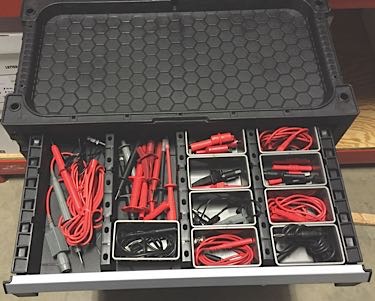 Scan Tools
Scan Tools
What really amazes me is the ability of some scan tools to perform bi-directional tests and the number of PIDs that can be monitored with them. Activation tests could be as simple as checking that the windshield washer pump is working or as complex as checking the activation of an EVAP test.
Codes and PIDs are getting even more complex. On a 2014 GMC Acadia I was working on, the amount of data for the HVAC system was almost overwhelming. Most of these proprietary codes that are stored will not set off a check engine light, but they can cause a failsafe mode for a few key cycles. This information can be used for diagnostics or by engineers to monitor the system in the field using telematics.
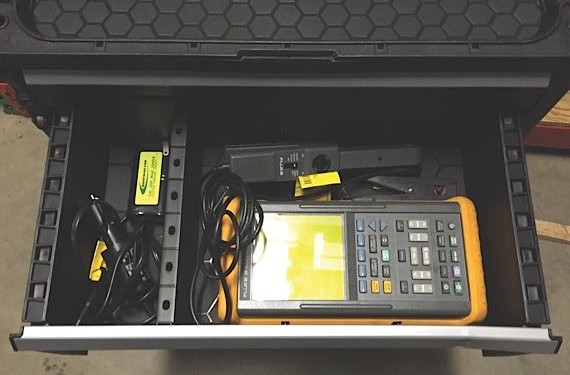
The economy of scan tools is changing. Most OEMs have abandoned stand-alone tools and have gone to PC-based equipment. What they are selling now is a cable and/or box that connects to the computer via WiFi or USB. Instead of making money on the initial sale of the tool hardware, they are making money now with increasing subscription fees.
Scope Skills
In theory, all scopes operate the same: voltage graphed against time. But, scopes have become more intuitive and faster. Even a cheap one-channel DSO scope can capture a misbehaving waveform quickly with automated triggers and sensor presets. Some new four-channel scopes can help to observe phenomena that was impossible to see before, such as the different outputs of a three-wheel steering position sensor.
If you do not have the right scan tool, a scope might be the only way to diagnose a vehicle issue (providing you can find a decent “known-good” waveform). But the one skill I am having to use a scope and multi-meter for is looking at ABS, BCM and ECM communication codes. Being able to verify the condition of a serial data bus and the wiring going to a component is starting to become the new battery and alternator voltage check.
The Future
Scopes and scan tools are powered by voltage, but they operate on information and knowledge. Information and knowledge require money and time in the form of subscriptions and training.
Being able to charge and profit from performing diagnostics will be the key to survival over the next five years. This will require a shift in thinking in the bays and at the front counter. In the past, the main product shops sold was the repair (parts and labor). In the future, it might just be the diagnosis that accounts for a lot of your revenue and profit. Your shop is also not a charity for diagnostic time. If your shop is not able to sell diagnostic time, it will be the slow death of your business. Why? Because every time you send a vehicle to the dealership, you swap parts instead of performing proper diagnostics, or an older vehicle is retired, a little bit of your business dies, never to return.
My Internet Problems
Customers are also a problem since a lot of the technical content is available on the Internet. I hear from a lot of consumers looking for advice and quick fixes. Most of these consumers have had their vehicle diagnosed by a professional, but they still feel that they need a cheaper second opinion. Some go to parts stores that have code scanners, while some call or send me an email.
When I receive an email or comment that starts, “I have (insert make and model here)…,” I know it is a consumer looking for a quick fix. I try not to engage these people because either they will print my email and use it as ammunition at a repair shop, or they will suddenly become an expert for a given make and model and will be looking to spar after reading a few forum posts.
Talking to these people is frustrating because they fail to take responsibility for the repair of their vehicle. It is always “bad gas,” a “cover-up by the manufacturer” or “the other shop that broke it.” The reality is that cars break all the time. It is not the fault of the OEM or the previous technician who worked on the vehicle.
Back in the day, if you did not set the choke by pulling a cable or pressing the gas pedal all the way to the floor, the engine would not start. It was the driver’s responsibility to start the car. If carburetors with chokes were around today, people would start an Internet forum and create a class action lawsuit.
I don’t know where some drivers get the impression a stranger thousands of miles away can solve their problem for free or for next to nothing, but consumers need to be re-educated on why lights come on in the first place and what this means for their safety and the environment. I don’t know who would carry out this training, but there are almost three generations of drivers out there who assume that their vehicles are no more complicated than a basic kitchen appliance.

